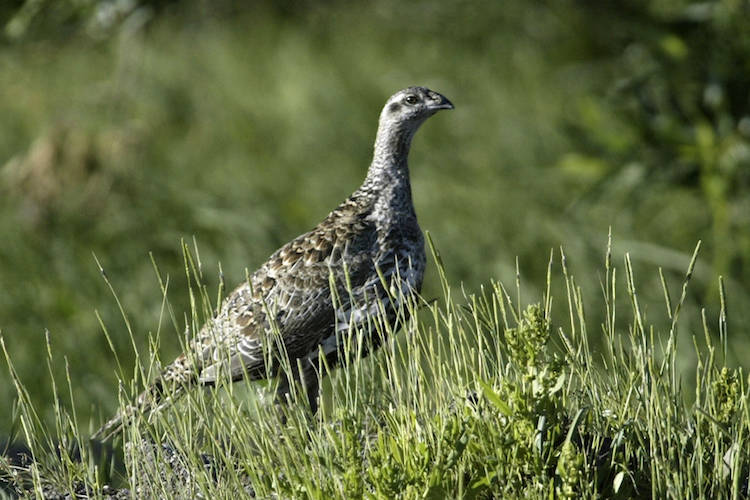EDITORIAL: Protecting the rural West from the environmental-judicial complex
Radical greens turned up the outrage on Monday after the Interior Department announced it was relaxing protections for the sage grouse in 11 Western states, including Nevada.
The move is tantamount to “selling out the sage grouse — the Western states — to oil and gas developers,” huffed Rebecca Riley of the National Resources Defense Council, a wealthy New York-based group well-versed in the hyperbole of alarmist environmental rhetoric.
The folks at the Center for Biological Diversity, a group of hard-left activists that has become expert in using the courts to weaponize the Endangered Species Act, was similarly up in arms. Interior Secretary Ryan Zinke “can’t go a day without kicking open the door for more oil and gas drilling on our public lands,” said Michael Saul, a senior attorney for the organization.
Note that the objections seem more focused on resource development than the actual fate of the sage grouse. That’s because the chicken-like bird is in fact a proxy through which green extremists hope to advance their quest to fence off vast swaths of the West’s public lands.
Faced with the threat of a threatened or endangered listing, which would have locked up millions of acres from New Mexico to Washington, a group that included Western governors and other interests sought to appease federal regulators with their own habitat protection plan. In 2015, the Obama administration accepted the deal and declined to formally protect the sage grouse, despite intense pressure from the environmental-judicial complex.
But the state plan still imposed significant costs and restrictions intended to satisfy federal overlords.
Several rural areas, including White Pine, Elko and Eureka counties, filed suit to block the deal on the grounds that it would devastate communities by severely restricting energy development, mining and other economic uses. Last year, Gov. Brian Sandoval, who had helped craft the compromise, asked the Obama administration to ease limitations on mining.
Mr. Zinke’s announcement this week does precisely that, providing a modicum of regulatory relief while giving Nevada and other states a bit more flexibility to develop their own approaches to sage grouse management.
The irony, here, is that there’s scant evidence that grazing, oil and gas drilling or mining are the primary culprits behind the decline in the sage grouse population. Wildfire damage is the greatest threat to the bird’s habitat. Meanwhile, predators — including foxes, hawks, eagles and ravens — don’t follow federal environmental edicts. The BLM’s failure to control the wild horse population, which tramples sagebrush, hasn’t helped, either.
The Interior Department’s more lenient approach on the sage grouse recognizes that species protection need not always entail eviscerating economic opportunity. That won’t please the gentry greens or anti-development extremists, but it’s welcome news to the Nevadans who actually live in the affected communities.




























